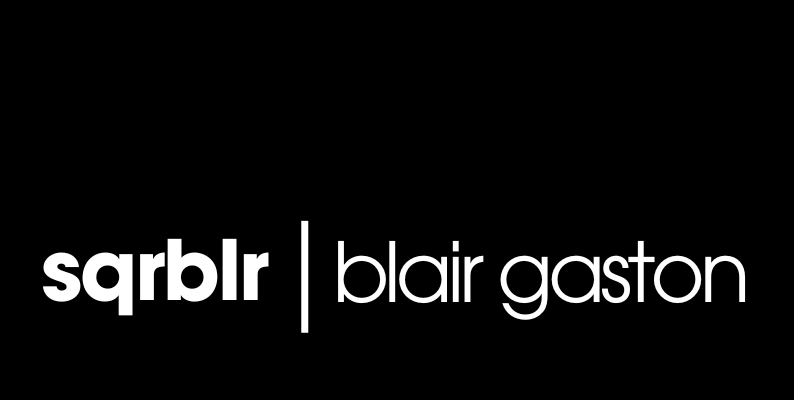Background:
Desi is an innovative transportation services. Desi has removed the friction from finding a ride home and abandoning your car on the side of the road. Desi is becoming an integral part of travel and everyday life. Desi was founded in 2018 when the creators found themselves too intoxicated to drive home and overly concerned about leaving their car behind. They took this problem and tried to solve it in Seattle where they officially developed the Desi process and application.
Desi contracts already established ride share apps to transport a “desi”, or designated driver, to the Desi user’s location. Upon arrival of the desi the app alerts the user and requests the user to be waiting near their car. The desi then drives the user’s car wit the user in it to the preferred location. Along the trip, Desi contracts a ride share app to pick up the desi from the final destination and take them to their next trip or back to their resting location.
Target Audience:
Desi targets users, but not limited to, people between the ages of 21-35. Desi expects users outside that range to use the service as well but because of the primary use of the app to be the user’s personal designated driver they do not want to directly market their service to users under the legal drinking age.
Problem Statement:
According to National Highway Traffic Safety Administration, in fatal crashes in 2014, the highest percentage of drunk drivers was for drivers ages 21 to 24 (30 percent), followed by ages 25 to 34 (29 percent) and 35 to 44 (24 percent). The most common effects of drunk driving are, drowsiness, impaired vision, reduced reaction times, difficulty in understanding sensory information, reduced concentration and vigilance and also the feeling more relaxed and drowsy, which may cause you to fall asleep at the wheel. According to the National Highway Traffic Safety Administration, 37,461 people died in traffic crashes in 2016 in the United States (latest figures available), including an estimated 10,497 people who were killed in drunk driving crashes involving a driver with an illegal BAC (.08 or greater).
.
Design Goals:
The logo should tell the same story as the brand narrative. It should evoke a feeling of safety like a guardian but also friendly.

